As we head into 2025, sexual health and wellness are increasingly seen as integral parts of overall well-being. Couples are becoming more mindful of their intimacy, with a growing emphasis on both physical and emotional connection. Sexual health isn't just about satisfying a physical need—it's also about fostering communication, trust, and exploring new ways to connect with each other.
What Are the Latest Sexual Health and Wellness Trends for Couples?
In this blog, we’ll dive into the latest trends in sexual health and wellness for couples. From mindfulness techniques to high-tech gadgets, there's a lot happening in the world of intimacy. So, let's explore what's making waves in the bedroom (and beyond) for couples in 2025!
Mindfulness and Meditation for Deeper Connection
In a world that's constantly busy, many couples are rediscovering the power of mindfulness to bring a new layer of intimacy to their relationships. Mindfulness isn’t just for stress management—when applied to sexual wellness, it’s a tool that helps partners become more aware of the present moment. It’s about tuning in to the sensations, emotions, and energy shared during intimate moments.
Practices like guided meditation or breathwork can help couples relax, reduce performance anxiety, and shift the focus from "how" to "what"—that is, focusing on the connection instead of worrying about technique or outcomes. This trend aligns with a larger movement toward prioritizing mental and emotional well-being in intimate relationships. Couples who practice mindfulness together often report a more connected, satisfying, and fulfilling sexual experience.
Pro Tip: Try incorporating a 5-minute guided meditation or a simple breathing exercise before being intimate to set a calm, mindful tone.
Sexual Wellness Tech: Gadgets and Apps for Modern Couples
Technology is transforming every aspect of our lives, and sexual wellness is no exception. Sex tech is rapidly evolving, offering couples new ways to enhance their intimacy through wearable gadgets, apps, and even virtual reality.
Wearable Devices: There are a variety of products on the market now that help couples monitor their sexual health, track arousal, and even create personalized experiences. Devices like smart vibrators or couples' toys synced to mobile apps allow for remote control, whether for long-distance couples or those looking to experiment in the bedroom.
Sexual Health Apps: Apps that offer personalized tips on improving sexual wellness, tracking libido, and even teaching tantric techniques are gaining traction. These apps often include features like guided sexercises, communication tools to help couples express their desires, and even tips for improving intimacy.
Virtual Reality (VR) and Augmented Reality (AR): While still in its early stages, VR and AR are beginning to offer new ways for couples to explore intimacy. Imagine using VR to enhance shared sexual experiences, or even creating immersive environments that help couples feel more connected while navigating long-distance relationships.
Pro Tip: Invest in a high-quality couples' toy that syncs with your partner's device. It’s a fun way to create shared experiences, even when you’re not physically together.
Holistic Approaches to Sexual Health
Sexual wellness isn't just about what happens in the bedroom—it’s about what happens in the rest of your life, too. In 2025, more couples are embracing holistic approaches to enhance their sexual health. This trend takes into account the connection between physical, emotional, and mental well-being.
Herbal Supplements: Natural supplements like maca root, ginseng, and horny goat weed are becoming popular for boosting libido, improving energy, and enhancing sexual satisfaction. These herbs are often combined into supplements aimed at balancing hormones and improving circulation.
Aromatherapy: Essential oils and aromatherapy are becoming more common in sexual wellness routines. Certain scents, like lavender, ylang-ylang, and sandalwood, are known for their calming and aphrodisiac properties. Aromatherapy can create a relaxing environment, reduce stress, and improve emotional intimacy.
Nutritional Focus: Many couples are looking at their diets to improve their sexual health. Foods like dark chocolate, avocados, and nuts (like almonds and walnuts) are known for their libido-boosting properties. By focusing on a well-rounded, nutrient-rich diet, couples are learning to support their sexual wellness naturally.
Pro Tip: Try creating an at-home wellness ritual that combines aromatherapy with a natural supplement. It’s a relaxing way to get into the mood and enhance your energy.
Prioritizing Communication Over Performance
In a world filled with unrealistic expectations (thanks, social media), many couples are shifting their focus from "performing" in bed to communicating openly and honestly about their desires, boundaries, and needs.
Gone are the days of assuming your partner knows what you want without saying it. Open dialogue about desires, fantasies, and even discomforts is crucial for building trust and intimacy. Couples are also finding ways to talk about their sexual health more openly, whether it’s discussing contraception, sexual history, or boundaries.
Pro Tip: Regularly check in with your partner about what feels good, what doesn’t, and what both of you might want to try next. This kind of communication is key to deepening your bond and making sex more enjoyable for both parties.
Pleasure Mapping: Exploring New Sensations Together
Forget about the pressure to “perform” or “achieve” something specific. The latest trend in sexual wellness is all about exploring pleasure mapping—a process of learning about your own and your partner’s unique body and its responses.
This trend encourages couples to take a more explorative, non-goal-oriented approach to sex. It’s about discovering new ways of touching, stimulating, and connecting without the pressure of an orgasmic finish. By focusing on pleasure and sensation rather than performance, couples can experience a deeper, more satisfying intimacy.
Couples might experiment with different forms of touch, explore different areas of the body, or try out new techniques (like slow sex or mutual masturbation) to understand what brings pleasure. This process of exploration can make intimacy feel more adventurous and less about fulfilling expectations.
Pro Tip: Set aside a date night where both partners explore new touches, sensations, or positions without the expectation of orgasm. Focus purely on the experience.
Final Thoughts
Sexual health and wellness for couples are moving beyond traditional ideas of intimacy and performance. In 2025, the focus is on holistic well-being, mindfulness, open communication, and using technology to enhance connection rather than replace it.
Whether you're experimenting with tech gadgets, embracing new wellness practices, or learning how to communicate more openly, the key is to stay present, authentic, and engaged with your partner. As we move forward, one thing is clear: a healthy sexual relationship is about much more than just sex. It’s about connection, trust, and mutual growth.
Explore these trends with your partner and see how you can both grow together—emotionally, mentally, and physically. The future of intimacy is exciting, and it’s all about creating deeper connections and fostering wellness in all aspects of your relationship.
Want more tips on sexual health and wellness for couples? Stay tuned for more articles, or explore our resources to improve your intimacy journey today!







































